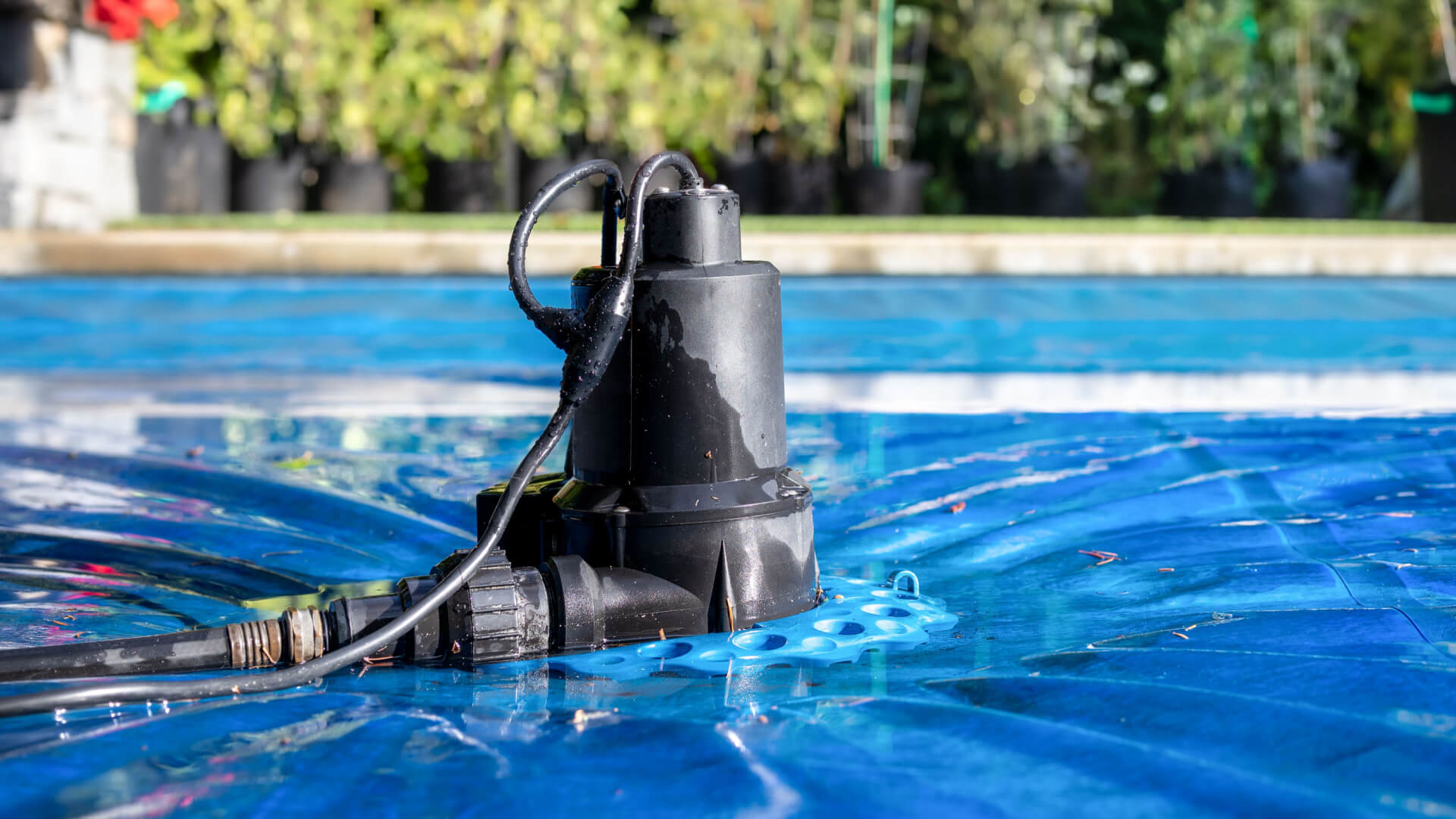Navigating the Landscape: A Guide for UK Landlords
In today’s dynamic real estate market, being a landlord in the UK involves much more than just collecting rent. With constant changes in regulations, financial considerations, and the intricacies of tenancy agreements, it’s crucial for landlords to stay informed and adapt. This article delves into the essential topics of news, finance, and tenancy agreements, offering valuable insights for landlords striving for success in the UK property market.
The Latest News Affecting UK Landlords
The UK property market is always evolving, influenced by government policies, economic trends, and societal shifts. Recently, landlords have been navigating through changes in regulations aimed at improving tenant rights and environmental standards. For example, the introduction of the Renters’ Reform Bill signifies a significant shift, proposing the abolition of ‘no-fault’ evictions and the introduction of a lifetime deposit system to ease the financial burden on tenants moving between rentals. Staying abreast of such legislative changes is paramount for landlords to ensure compliance and to strategize effectively for the future.
Moreover, the push towards greener living spaces has led to new standards for energy efficiency in rental properties, with the government setting ambitious targets for landlords to upgrade their properties to meet specific energy performance certificates (EPC) ratings. This shift not only impacts the environment positively but also affects landlords’ investment decisions and property management practices.
For the very latest
visit Landlord Knowledge.
Financial Considerations for Landlords
The financial aspect of being a landlord encompasses a wide array of factors, from mortgage rates and property taxes to maintenance costs and rental yields. In the wake of the COVID-19 pandemic, the UK saw a significant impact on the real estate market, with fluctuating property prices and rental incomes. However, the market is showing signs of stabilization, and opportunities for savvy investors continue to emerge.
Landlords must also consider the implications of tax changes, such as adjustments to Capital Gains Tax and the phasing out of mortgage interest relief, which have altered the profitability landscape for rental investments. Implementing a robust financial strategy, including effective tax planning and budgeting for ongoing and unforeseen expenses, is crucial for maintaining a profitable portfolio.
For
options visit Landlord Knowledge.
Mastering Tenancy Agreements
Tenancy agreements are the cornerstone of a successful landlord-tenant relationship, outlining the rights and responsibilities of each party. In the UK, Assured Shorthold Tenancies (ASTs) are the most common form, providing flexibility for both landlords and tenants. It’s essential for these agreements to be comprehensive, clearly detailing terms related to rent, deposits, maintenance, and the termination of tenancies.
Recent trends also show an increasing emphasis on tenant well-being and safety, with landlords required to ensure their properties meet high standards of livability. This includes regular safety inspections and compliance with fire safety, gas safety, and electrical regulations. Effective management of tenancy agreements and adherence to legal requirements not only protect landlords from potential disputes but also enhance tenant satisfaction and retention.
Landlord Knowledge provides a
downloadable template in word format.
Conclusion
Being a landlord in the UK today means navigating a complex landscape of news, financial considerations, and legal obligations. By staying informed on the latest developments, implementing sound financial practices, and mastering the intricacies of tenancy agreements, landlords can position themselves for success. The real estate market offers ample opportunities, but it demands vigilance, adaptability, and a commitment to excellence from those who wish to thrive. Whether you’re a seasoned investor or new to the property market, understanding these key aspects will equip you to navigate the challenges and seize the opportunities that lie ahead in the UK’s ever-evolving rental landscape.
Read more →

